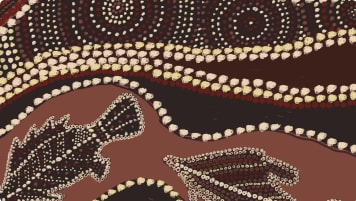Aboriginal Songlines
Songlines trace the journeys of ancestral spirits who created the land and all natural phenomena. The creation stories as well as practical knowledge needed for survival in outback Australia. We experience this knowledge on our small group tours into Outback Australia.
4 Mar 21 · 12 mins read

Aboriginal Songlines
By Marco Stojanovik
For possibly up to 120,000 years, the Indigenous people of Australia have navigated across the lands of the continent using tracks called Songlines or dreaming pathways. These Songlines trace the journeys of ancestral spirits who created the land and all natural phenomena. The creation stories as well as practical knowledge needed for survival and navigation of the land are recorded in traditional music and art, which are passed down generation to generation ceremoniously at important sites and locations along the paths.
In this way, important sites and locations are linked through the Songlines across a vast network spanning across the lands of different language groups. Acting as a map of the land, travellers can know the route to their destination by memorising the songs. As such, they form a vital part of Aboriginal culture and its practices, providing important knowledge, values and wisdom, and connecting people to their land.
This article explores the use of Songlines in Indigenous culture as practical knowledge for a number of Odyssey Traveller small group tours in Australia. It is part of a continuing series of pieces on art, ancient landscapes, and Aboriginal settlement of Australia. An appreciation of Indigenous activity is recognised as an important facet of learning in out tours, a part of our commitment to understanding and sharing our knowledge of the history, culture, and landscapes of Australia. These tours are for both the mature and senior traveller, both for couples and the solo traveller.
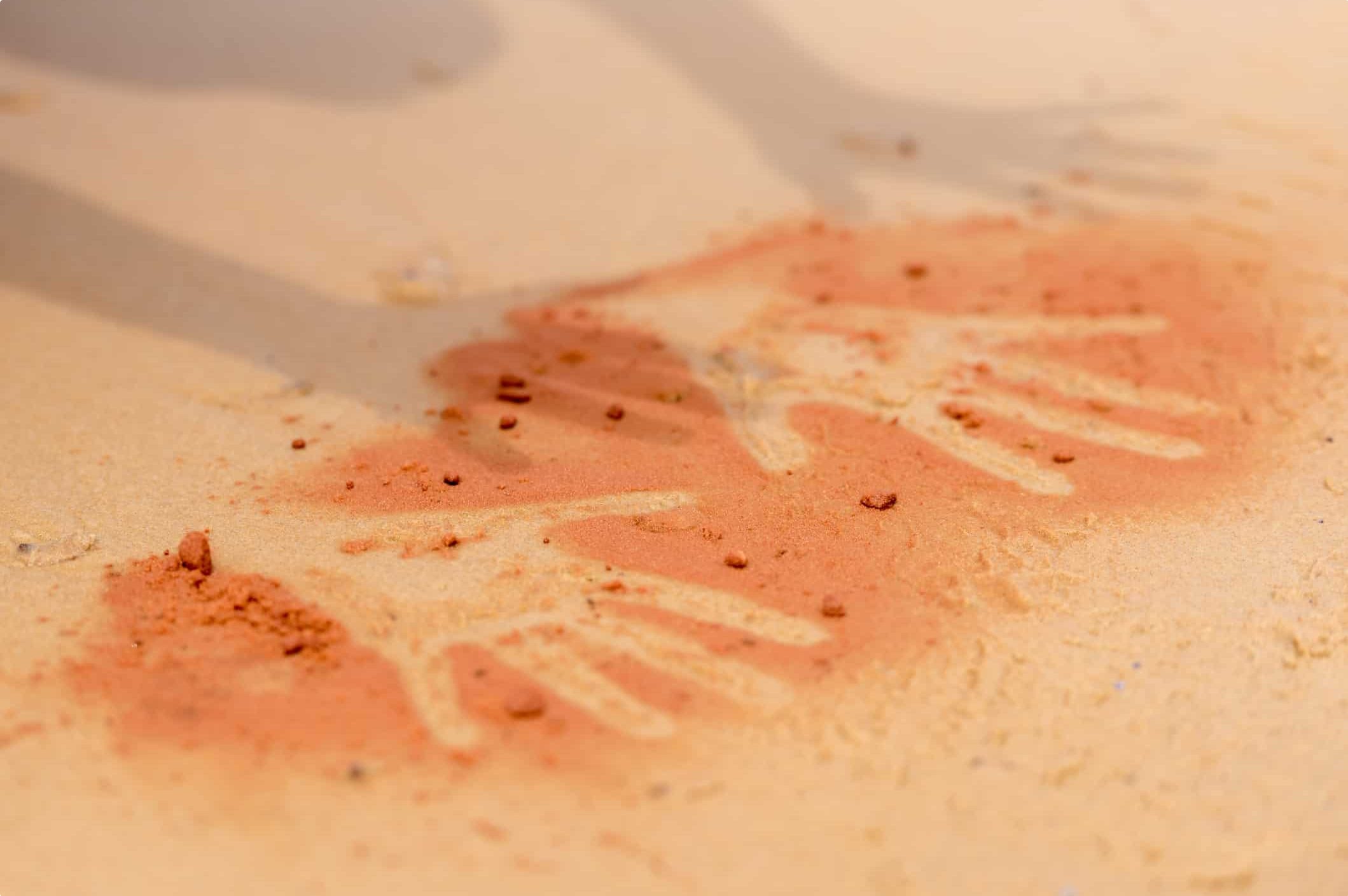
Dreaming Pathways
Amongst traditional Aboriginal people there is a belief in an era known as the Dreaming, a sacred time that saw the creation of the world as Aboriginal people know it and understand it. Ancestral spirits are believed to be the initial creative forces that journeyed across a formless land creating all-natural phenomena during this time: animals, lands, waters, skies, people and the law under which society was to live.
These journeys across the country are recorded and marked as Songlines, also referred to as ‘Dreaming Pathways’. Songlines have unique ancestral stories attached to them as they each mark the route of localised creator-beings and the establishment of specific landmarks and sacred sites. Clan groups are in turn tied to the creation history of their birthplace and have custodial obligations to that place.
Oral history about places, the journeys of creation-beings, and the obligations to country and sites in country, are carried in long song cycles. Aboriginal people learn the song cycles as they are initiated into Dreaming law, obligated to keep this sacred and secret and to pass it on to future generations. This cultural knowledge is expressed in ceremonies of song and dance, enacted in specific places along the Songlines.
Mapping the Land
Aboriginals often had to move through land for various purposes including trade, ceremony, and to migrate to allow regeneration of flora and fauna at camp sites. Songlines act as maps for these journeys, containing information about the land and how the traveller should respectfully make their trip – basically the sort of information that you need to know to survive. This practical knowledge has been handed down generation after generation though songs as to be much more memorable than just listing facts.
In this way a knowledgeable person was able to navigate the land, travelling vast distances, by repeating the words of the songs in the appropriate sequence. These words describe the locations of landmarks and waterholes, the types of foods which are safe to eat, places to be avoided, species of plants and animals, and the boundaries of each Mob’s Country that the traveller could pass through.
As they travelled along, they sang these songs about the country they were passing through, the country’s stories and their relationship to it. At each sacred site or ‘marker’ within the sung track, they performed rituals repeating the songs with the encoded information.
A well-known marker is the scar-tree called ‘Yingabeal’ near the Heide Museum of Modern Art in Bulleen. Yingabeal marks the convergence point of five different Songlines heading in different directions. Other examples of markers include rock formations, bends in rivers, or trees with naturally forming spirals, twists or arches. These physical markers allowed the traveller to know the land intimately and where exactly they were on their journey.
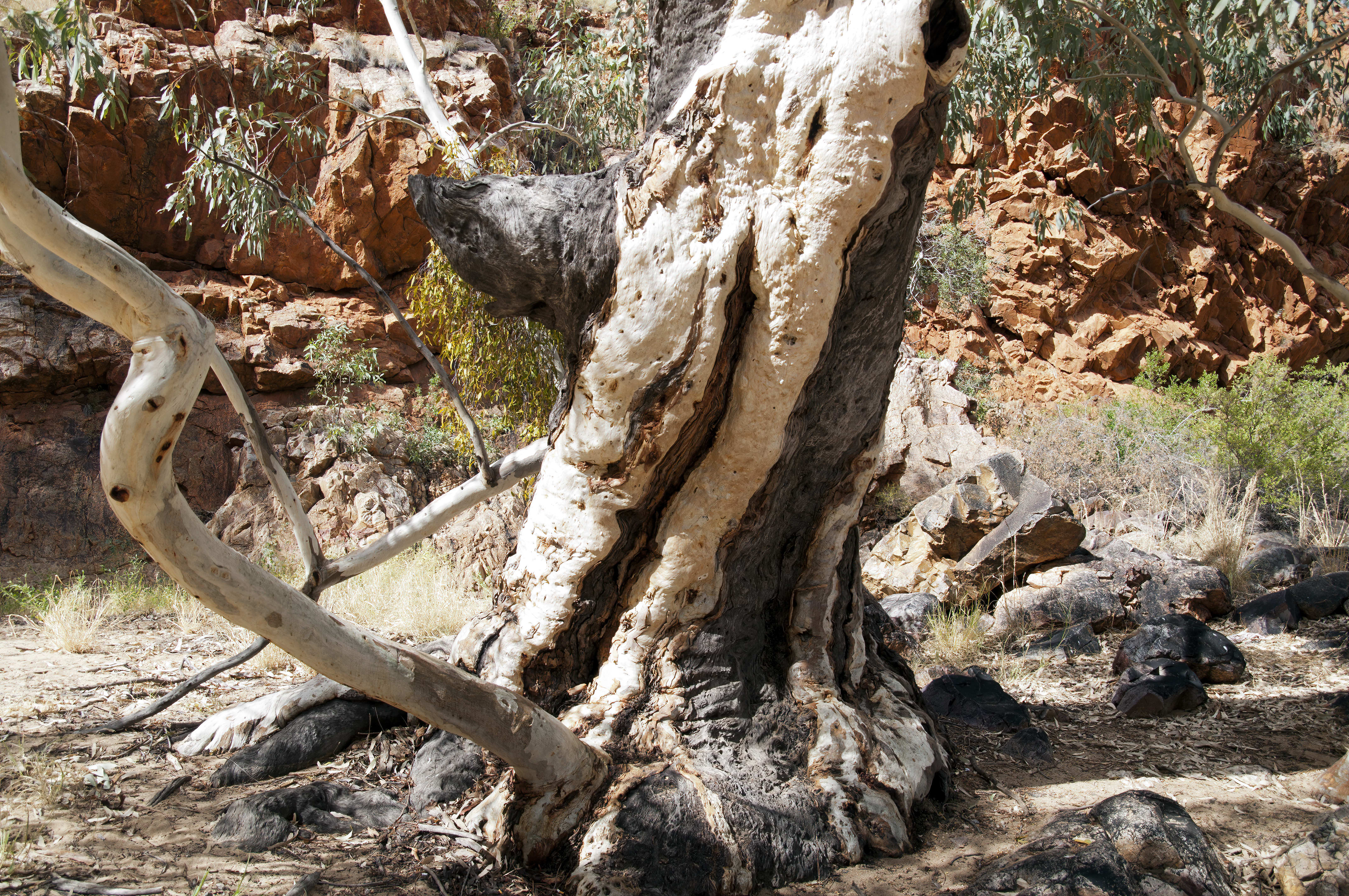
Memorising Knowledge Through Places, Performance & Art
Indigenous cultures can be referred to as ‘oral’ in that they activate archived knowledge orally through performance rather than recording it in writing. They are therefore dependent on their memory for everything they know. By drawing on a range of alternatives to literacy, they ensure that the encyclopedia of knowledge they have built up over tens of thousands of years is maintained and constantly updated.
Knowledge that can be retrieved from the Songlines include animals, plants, genealogies, geology, climate and resources, ecology, religion, laws and ethics, among others. This encyclopedia of Indigenous knowledge has been memorised and refined over generations, some of the stories dating back tens of thousands of years.
In order to store such a vast array of knowledge in memory, robust memory methods are needed. Margo Neale and Lynne Kelly explain in their book Songlines: The Power and Promise that “the brain is particularly good at associating memories with music, dance and art, and it is spectacularly good at associating memory with places”. Songlines make use of all these associations.
Places
The vital element in memorisation is the way in which Songlines call up Country. Brains work to recall information and retrieve memories when given some sort of cue, often in physical spaces. By associating knowledge with locations in Country, Aboriginal people have these cues permanently in place. The way in which Songlines are mapped into a sequence of distinctive locations, each separated from the other, is the optimum set of cues
Each landscape location is linked through story to increase the likelihood that no location is lost and the associated knowledge is retained. Each episode in the Songline is vivid and distinct, increasing the unique identification of the place in Country, which means that the chance of confusing one location with another is further reduced.
Performance of Music and Dance
Research shows that music is a powerful aid to memory, primarily because songs are more memorable than text. Familiar music therefore evokes a strong sense of knowing and understanding and is an invaluable tool to archive information. Research also shows clearly that music causes an emotional response and that being emotionally engaged makes any information much more memorable.
Enacting knowledge through movement increases the recall of memory, particularly when it is done in the form of dance accompanying song. Ceremonies with dynamic full body performances convey information though sound, rhythm, tone, body action, beat and words, that involve everyone present to some degree. In this way the performance of knowledge is not merely observed, but experienced in a deep and meaningful way.
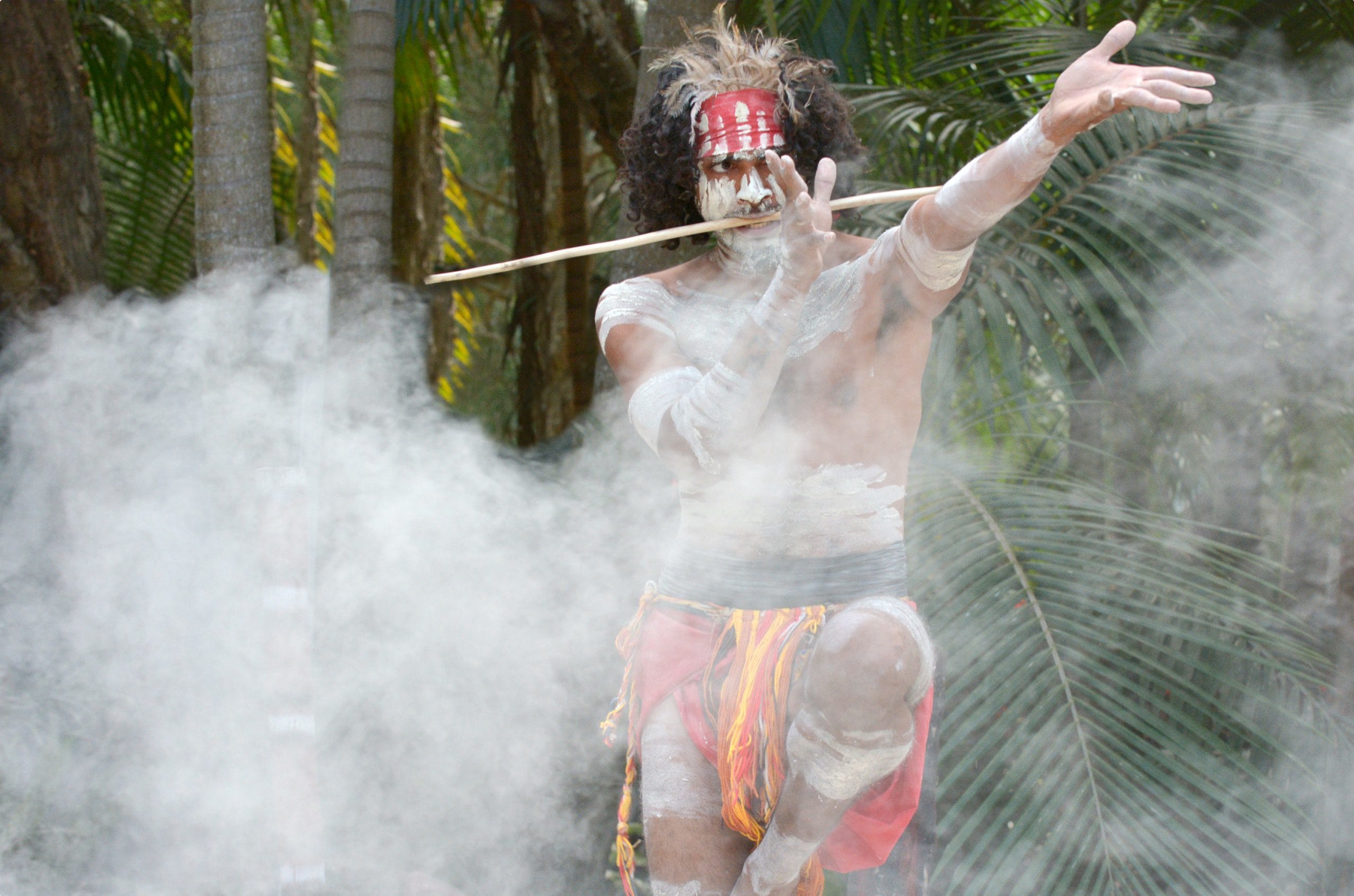
Dancing is also important as it involves exercise, which enhances neurogenesis – the creation of new neurons. This enhances the brain’s plasticity, essentially allowing it to store information for the long term.
It is important is that the knowledge is performed repeatedly through a ceremonial cycle or some other process. Revisiting the knowledge regularly in this way ensures songs are encoded deep within the brain’s network.
Novelty is also an important trigger for neurogenesis: the brain loves that which is different, while ignoring the very familiar. Every Aboriginal performer brings new interpretation to the sounds without corrupting the original message. Performances are different and vibrant but the content remains constant. This ensure repetition without boredom, engaging every individual with what is happening.
Art
Aboriginal art, from caves to cliffs and wood to textiles, is also an extraordinary powerful mnemic device. Fundamentally, it represents Country, providing a map of the land. But it is more than just this: it is also a system of intellectual knowledge that makes reference to the way the landscape is to be understood in terms of the stories and teachings of the ancestors. Aboriginal curator Djon Mundine writes in Saltwater: Yirrkala Bark Paintings of Sea Country:
“Aboriginal bark paintings are more than just ochres on bark: they represent a social history; an encyclopaedia of the environment; a place; a site; a season; a being; a song; a dance; a ritual; an ancestral story and a personal history.”
Much of Aboriginal art is abstract, with no immediately identifiable animals or people represented. This is an integral part of the knowledge system: an abstract design might represent an animal, its tracks, burrows, nests or behaviour, and therefore ways to hunt a mammal, capture a lizard or dig up a nest of honey ants. Tt may also represent an ancestry.
Abstract design elements may even encode a multiplicity of meanings within a single artwork depending on the context and the viewer’s level of knowledge. A circle, for example, may represent a campsite, a water hole, a camp fire, a feature of Country or a sacred place on the Songline; or it may represent all of these at once. Restricted levels of knowledge means that only those with the appropriate status will know all layers of meaning.
These layers of meaning built into abstract or symbolic designs constitute a highly adaptable knowledge system. Such adaptability has allowed Aboriginal people to record their knowledge over vast distances and widely varying environments within their own tribal tract or Country.

Connecting Neighbouring Language Groups
Australia contains an extensive network of traditional Songlines, some of which traverse hundreds of kilometres through lands of many different Aboriginal peoples. Often these peoples speak markedly different languages and have different cultural traditions.
For example, one songline stretches 3,500km connecting the central desert region with the eastern coast of the country (modern day Byron Bay). Another song cycle goes from Port Augusta to Arnhem Land, and there are others that come from the Western Australian coast all the way to Central Australia.

Each Aboriginal language group had a distinct area of custodianship and specialised in sections of a song line that told the entire creation story of their specific country. The next section of the songline was then known by the neighbouring group. So, in a songline that spans the land of several different language groups, different parts would be sung in those different languages. The songs were shared with each clan having their own verse.
This allowed neighbouring groups to be connected as song cycles weave and criss-cross all over the continent. All Aboriginal groups traditionally share beliefs in the ancestors and the laws that relate to them; therefore, people were able to interact with their neighbours based on these obligations along those song lines.
When travelling through the country of another group, the verses that relate to the particular region could be sung in the local language. By doing so, the people living there knew that the travellers were passing through in a respectful manner. Languages are not a barrier to understanding the information in the songs. It is the rhythm that is crucial, the melodic contour describing the nature of the land over which the song passes.
Learning the Songlines

From early ages, children are taken out into Country to get to know the Songlines, learning through the vivid experiences of song and stories. Research into many different Aboriginal cultures has shown that it takes thirty to forty years to be taught all the knowledge associated with the Songlines. The training involves knowing all the song cycles and associated dances, visiting all the sacred sites, knowing all the sacred objects, and learning all the designs that encode the information to which you are entitled.
The foundational knowledge taught to children is the same. However, the depth and specificity of further information that is taught is dependent on their role in the community and their level of initiation into knowledge transfer.
Restricting knowledge in this way has allowed Songlines to be maintained so accurately over such long periods of time. Songs, stories and answers are owned, and the traditional owners will not grant ownership to a person who has not passed all the testing required to demonstrate that they know and understand what they have been taught.
The knowledge is considered both a right and a privilege. With the knowledge comes responsibilities for the stories, songs, ceremonies, art and, of course, the Songlines themselves.
The Impact of Europeans & Songlines Today
During the colonial and frontier period many song lines were tragically broken up. The carefully curated use of Country by Aboriginal people was dismissed, and their knowledge of caring for it ignored.
However, it was these Songline pathways, along with Aboriginal trading routes, that made European exploration of Australia possible. European modes of travel and navigations were not adequate for this landscape, and many perished in Australia’s inland in the belief that it could be done. Surveyors, troopers, and stockmen instead had to rely on Aboriginal trackers, scouts, and guides. Guided by their knowledge of the Dreaming tracks, Aboriginals could read the landscape, knew the paths, and had a cultural appreciation of them.
Aboriginal paths had been kept in good repair by fire and were well trodden. They linked wells, springs, and other water sources, led to fords and mountain passes, and circumvented forests and other natural obstacles. Aboriginal people’s intricate knowledge of the environment in which they lived meanwhile helped the Europeans to survive in the Australian bush, sharing secrets of finding water and bush tucker.
Once the survey of lands was completed, the Aboriginal pathways were annexed, as was native title. Europeans settlers moved into Aboriginal space and occupied it. Country was renamed to render the landscape more readable to the Europeans, the map of Australia coloured in their image for the purpose of owning it.
However, many of the ancient Songlines and trading pathways have remained alive, as many of the already cleared traditional routes evolved to become cart-tracks, communication paths, and eventually bitumen covered highways, forming the modern Australian road network. Many if not all of Australia’s highways and arterial roads are built on remnant Aboriginal sites. Some examples include the famous route across the Nullarbor between Perth and Adelaide, the Stuart Highway linking Port Augusta and Alice Springs, as well as the highway between the Kimberleys and Darwin,
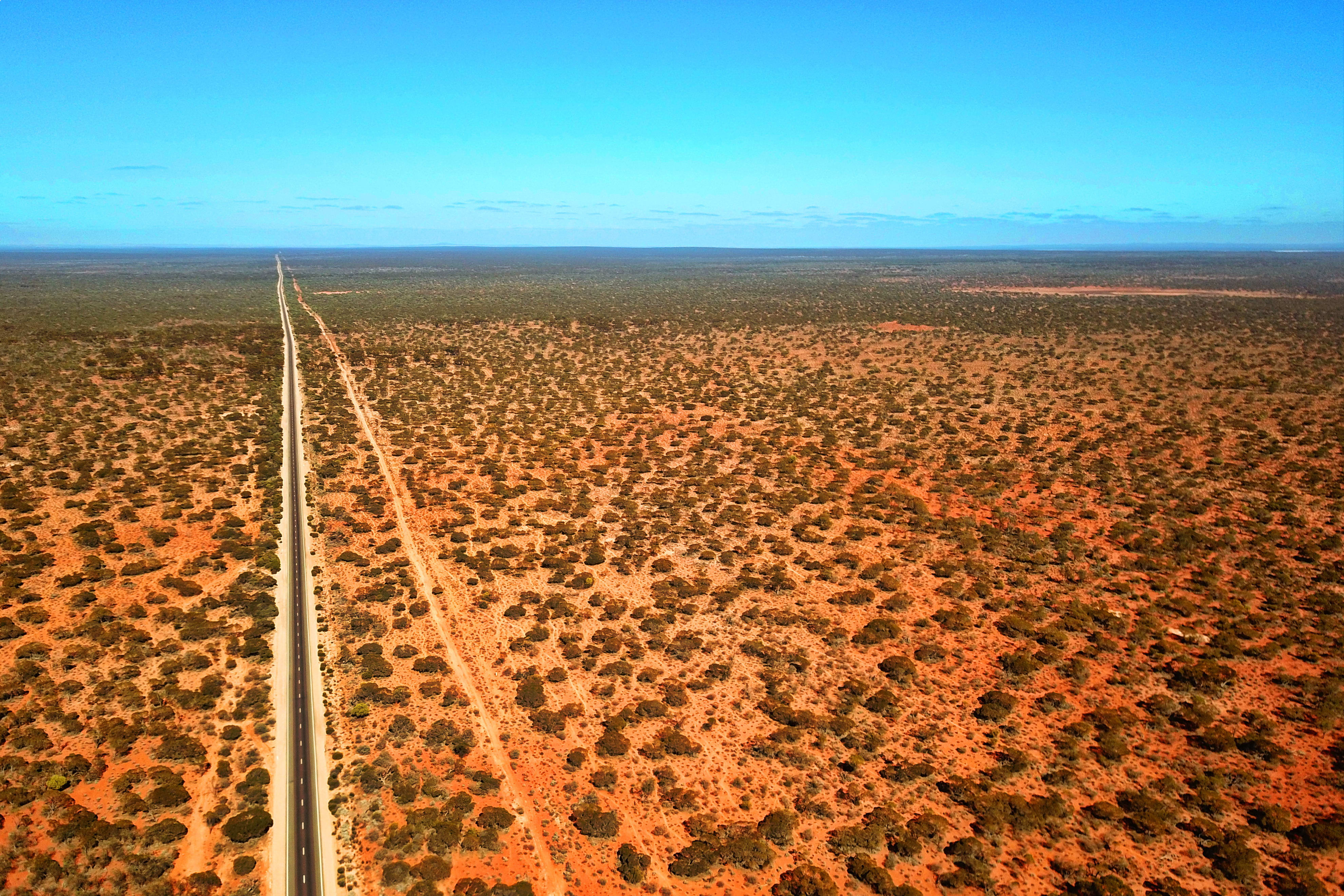
The Songlines practice is also still carried out to this day in various remote communities in Central Australia and Northern regions, where a great deal of knowledge remains. Unfortunately, in the more settled areas of southern Australia, the songline information is now largely lost to history. Although, some attempts are being made here to reinvigorate language and gather the material that will allow people to access some of that ancient knowledge.
These Songlines are something that all Australians can take a great deal of pride in. They hold an encyclopedia of Aboriginal history, culture and knowledge, that has no equivalent in other countries. By reinvigorating and celebrating them, we can learn a great deal about how to care, respect, and be connected to this land.
Tour of Aboriginal Australia
You can learn about Songlines and various aspects of Aboriginal culture as part of Odyssey traveller’s new small group tour exploring Alice Springs and Uluru-Kata Tjuta National park. This tour lasts for 13 days, delving into the colourful landscapes and impressive landforms, Aboriginal culture, and rich wildlife of the southern portion of the Northern Territory. Along our tour we take time to learn about the geology and biodiversity of the various national parks we visit as well as the different vibrant Aboriginal histories, cultures, traditions, and art styles.
Alice Springs, or simply ‘Alice’ as it is known now colloquially, is famous for the ochre sands and mountain ranges that surround it, its many Aboriginal art galleries, and cultural events. The Arrernte people, who have lived in the Central Australian Desert in an around what is today Alice Springs for thousands of years, still today sustain a strong connection to this land and a rich culture.
Both Uluru and Kata Tjuta landforms have sacred significance to the Anangu, the local indigenous people who have inhabited the land for more than 22,000 years. They believe both sites contain spirit energy, with the surrounding areas the home of their ancestors and inhabited by many ancestral ‘beings’.
Other key highlights along the tour include trips to the spectacular canyons of Watarrka National Park, Finke Gorge National Park (home to a diverse range of rare plant species), the Aboriginal Community of Hermannsberg (once home to the great Aboriginal artist Albert Namatjira), and the outstanding landscapes of both the West and East McDonnel Ranges (ancient landscapes sculptured over time by climatic elements and today refuges for many plants and animals).
Travellers with an interest in learning more about the Aboriginal heritage of Australia may want to check out our various outback Australia tours.
These include visits to:
- Archaeological sites including the Madjedbebe rockshelter and the extensive collection of ancient Aboriginal rock art at Kakadu Natinal Park as part of our tour of Kakadu and Darwin
- The ancient indigenous sites including Lake Mungoand the Budj Bim Cultural Landscape as part of our tour of the Southern States of Australia;
- The important cultural site of Wilpena Poundon our tour of the Flinders Ranges;
- The ancient rock art in the Kimberley, Western Australia;
- The Brewarrina Fish Traps in our outback Queensland tour;
Every Odyssey guided tour is designed especially for mature and senior travellers, who want an authentic and informed experience of their destinations. Our tours aren’t the typical tourism Australia holiday – Blue Mountains, the Great Barrier Reef, and the penguin parade on Port Phillip Island. Instead, we pride ourselves on getting of the beaten path and making you think about Australia and New Zealand in new ways. We move in genuinely small groups – usually 6-12 per tour – and all tours are cost-inclusive, encompassing accommodation, attraction entries, and transport. For more information, click here, and head to this page to make a booking.
Articles about Australia published by Odyssey Traveller:
- Uncovering the Ancient History of Aboriginal Australia
- Aboriginal History and Culture of Kakadu National Park
- Aboriginal Land Use in the Mallee
- Understanding Aboriginal Aquaculture
- The Kimberley: A Definitive Guide
External articles to assist you on your visit to Australia:
- Singing the Country: Understanding the Aboriginal Creation Story
- Indigenous songlines: a beautiful way to think about the confluence of story and time
- The Dreaming
- What is the Connection between the Dreamtime and Songlines?
- Why Songlines are Important in Aboriginal Art
We acknowledge Aboriginal and Torres Strait Islander peoples as the First Australians and Traditional Custodians of the lands where we live, learn and work. We pay our respects to Elders past, present and emerging.
Originally published January, 2021. Updated March, 2021.
Related Tours

days
Jun, Jul, Sep, Feb, Mar +1Darwin and Kakadu small group tour
Visiting Northern Territory
Explore and learn as part of a small group tour for seniors on this package tour to Darwin and Kakadu National park, a UNESCO world heritage site. This program also visits Arnhem land. Our focus is on ecology, landscapes and history on this 14 day program in the far north of the Northern Territory.

days
Apr, May, Jun, Jul, Aug +3Small group tour exploring Alice Springs and Uluru-Kata Tjuta National Park
Visiting Northern Territory
Explore and learn about historic Alice Springs, The MacDonnell ranges, and Uluru-Kata Tjuta National Park. This escorted small group tour for mature and senior travellers, travelling as a couple or solo travellers also visits the Hermannsburg Lutheran mission plus Henbury meteorite site learning about the Aboriginal outback and contemporary art.
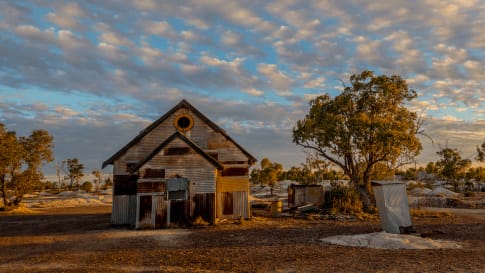
days
Mar, Apr, May, Jul, Aug +2Small group tour of outback Queensland
Visiting New South Wales, Queensland
To Dubbo and back, this small group tour takes you to learn about the Brewarrina fish traps, we travel high up into North Queensland to see the Dinosaurs of Winton and incredible Aboriginal rock art at Cathedral gorge and learn about opal mining and the history of Lightning ridge.

13 days
May, Jun, Jul, Aug, SepSmall group tour of Australia's Kimberley
Visiting Western Australia
Escorted small group tour of the Kimberley. We explore and visit The Bungles, Bell Gorge, Mitchell plateau & Halls Creek in the dry season. Amazing landscapes intertwined with Aboriginal communities resident more than 45,000 years.
From A$15,390 AUD
View Tour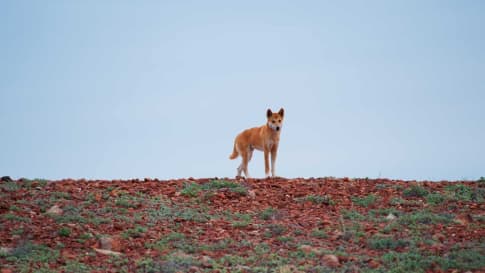
days
Apr, May, Jul, Aug, Oct +2Small group tour of Australia's Flinders ranges
Visiting South Australia
Escorted small group tour of the Flinders range in South Australia from Adelaide. Learn about Coober Pedy, Wilpena pound and water system of Lake Eyre as we explore and learn also about the history of the people who explored the Flinders.

days
Mar, May, Aug, Sep, Oct +2Small group tour of World Heritage sites and more in the Southern States of Australia
Visiting New South Wales, South Australia
Discover the World Heritage Sites of the southern states of Australia travelling in a small group tour. A journey of learning around the southern edges of the Murray Darling basin and up to the upper southern part of this complex river basin north of Mildura. We start and end in Adelaide, stopping in Broken Hill, Mungo National Park and other significant locations.
Articles

Aboriginal Art
Senior and mature couples and solo travellers remain curious but often informed about the role Aboriginal art plays in the indigenous community and the various styles. This article seeks to provide a platform for this collection of small group tours of upto 15 people into the Australian outback where often Aboriginal art styles are encountered.

Aboriginal culture of the Flinders Ranges, South Australia
The iconic Flinders Ranges of South Australia have a rich Aboriginal heritage and are home to a number of vitally important cultural sites and ancient artworks that this small group tour for mature and senior travellers has the opportunity its to learn about.
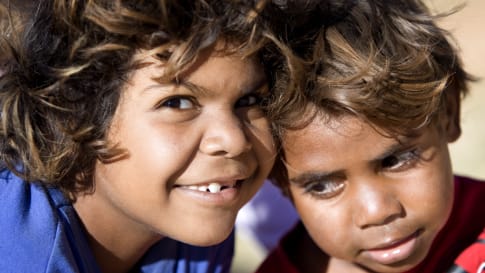
Aboriginal Kinship systems
Article about Aboriginal kinship to assist small group tours in Australia understanding Ancient aboriginal society and the contemporary view. Kinship influences the relationships including aboriginal trading routes.

Aboriginal land use in the Mallee
Learning about the Mallee for a escorted small group tour of South Australia and Western Australia for mature and senior travellers. Understand the Mallee & Wildflowers relationship and the indigenous community land use.

Aboriginal Rock Art in the Kimberley, Australia
The Kimberley is explored on a small group tour for mature and senior travelers, couples or singles. Both Aboriginal community is studied and an appreciation of the wet and dry seasons. This guide on the Kimberley assists the traveler as you start from Broome and travel round via Halls creek and Purnunulu national park over some 17 days in a group of up to 12 people.

Aboriginal Sites of Importance in Outback Queensland, Australia
Outback Queensland is hiding a number of unforgettable indigenous experiences on this small group tour for senior travellers. Especially at the Brewarrina Fish Traps, and Carnarvon Gorge, for example where you can experience and learn about dreamtime creation stories, age-old cultural practices and traditions, and Aboriginal art.

Ancient Aboriginal trade routes of Australia
Ancient Aboriginal trade routes of Australia Trade was a central part of life for Aboriginal people prior to the British settlement of Australia. Trading routes criss-crossed the nation, dispersing goods, information, technologies and culture thousands…
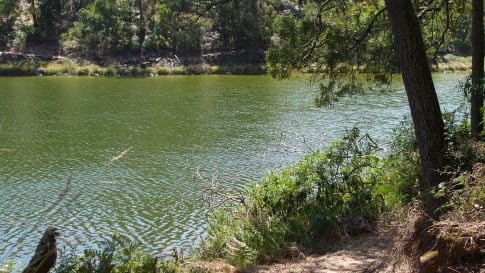
Budj Bim Cultural Landscape, Victoria
Article for escorted small group tour about this program visiting UNESCO World Heritage sites in Victoria, South Australia & NSW. Exploring and learn about Budj Bim cultural landscape for mature and senior travellers .

Contemporary Aboriginal Paintings
Article introducing contemporary aboriginal art to mature and senior travellers taken a escorted small group tour into Outback Australia's Northern Territory, Kimberley, Queensland, New South Wales or South Australia seeking to learn about Aboriginal history and culture.

David Unaipon
David Unaipon made several significant contributions to Australian society in scientific ideas, literature, and Aboriginal affairs. An escorted small group tour for mature and senior travellers shares his contribution in outback Australia and the cities.

Madjedbebe Archaeological Site, Northern Territory
Madjedbebe Archaeological Site, Northern Territory Near the border of western Arnhem Land and Kakadu National Park in Australia’s ‘top end’, Madjedbebe rock shelter (formerly known as Malakunanja II) is the oldest archaeological site in Australia,…
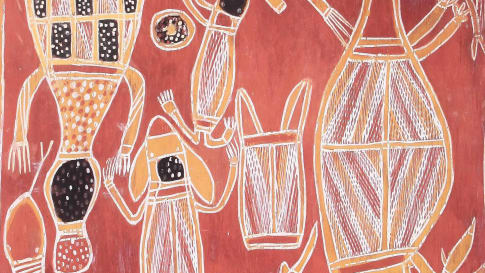
Milingimbi Art
Milingimbi art, studied and discussed on a small group tour for mature and senior travellers interested in history and art. Milingimbi is one of a number of different acclaimed art styles of the Aboriginal community history.
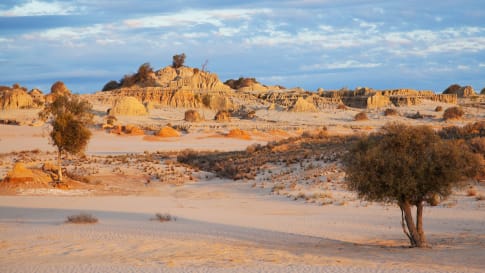
Mungo Man and Mungo Lady, New South Wales
Part of a small group tour of World heritage sites on Victoria, NSW & South Australia for mature and senior travellers. Learn and explore in the Mungo National park about Aboriginal settlement and the fauna and flora of this National park.
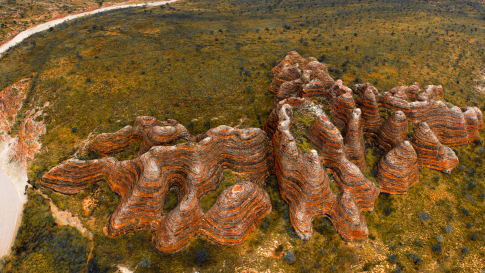
Purnululu National Park, Australia
Read about one of the most remote World heritage sites on Earth. Odyssey takes you to visit as part of a small group package tour for mature and senior travellers in the Kimberley for couple and single travelers We travel in the dry season from Broome via Lake Argyle to this National park.

The Australian Outback: A Definitive Guide
Explore learn and consider what is the outback in this article. For mature and senior travelers considering joining a small group package tours into the outback to see, learn and explore about this unique place, not only the landscape but the Aboriginal approach to living. On each of the tours for couples and the single traveler you learn something different but fascinating, from Outback Queensland, the Flinders, Broken Hill and the Kimberley and the wildflowers all contribute to this question, what is the outback?

Uncovering the ancient history of Aboriginal Australia
For small group escorted tours of Australia in Queensland, Victoria, New South Wales, South Australia, Tasmania, Western Australia and the Northern Territory a guide on Aboriginal culture for mature and senior travellers.

Understanding Aboriginal aquaculture
Aboriginal communities had the ability to harvest fish some 20,000+ years ago. Creating major centres of trade and cultural exchange, and supported permanent communities. Discover and learn more on a escorted small group package tour to Victoria, South Australia & Queensland for mature and senior travellers, couples and solo travellers interested in learning.
